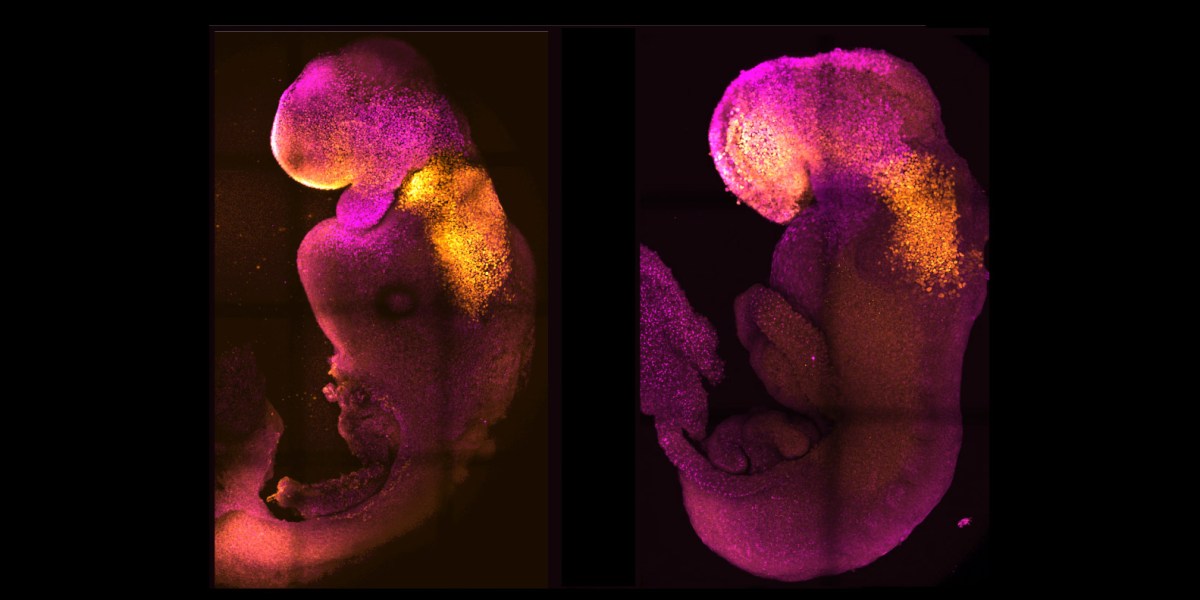- DZTL SciTech
- Posts
- The future is here: synthetic embryos
The future is here: synthetic embryos
Embyros generated using stem-cells can shed light on early human pregnancy, help study diseases, and offer alternatives to animal testing
Scientists from the University of Cambridge and the California Institute of Technology have achieved a groundbreaking feat by creating synthetic mouse embryos with more advanced brain development than ever before. This incredible development holds immense potential for understanding early human pregnancy, studying diseases, and even offering ethical alternatives to animal testing.

MidJourney generated image
Imagine a synthetic embryo so advanced that it mirrors the development of a natural mouse embryo up to eight and a half days after fertilization! These lab-created embryos not only developed beating hearts but also laid the foundation for other organs, closely replicating their natural counterparts.
What makes these synthetic embryos so special, you ask? Well, they consist of three types of mouse stem cells: embryonic stem cells, which form the body; trophoblast stem cells, which develop into the placenta; and extraembryonic endoderm stem cells, which help to form the egg sac. Put these cells together, and you have a recipe for an extraordinary scientific breakthrough.
In their experiments, the researchers decided to push the boundaries even further. They removed the Pax6 gene, crucial for the development of the central nervous system, brain, and eyes, to test how the synthetic embryos would react. The result? The lab-created embryos displayed the same known defects in brain development as a natural animal carrying the mutation.
But science never stops, and neither do these dedicated researchers. Although the synthetic embryos reached the same developmental stage as natural mouse embryos, they stopped growing around halfway through a typical mouse pregnancy period. To overcome this hurdle, the team is now working on developing a synthetic placenta-like structure, with the hope of extending the synthetic embryos' growth beyond the eight-day mark.
The creation of these advanced synthetic mouse embryos is a monumental step forward in scientific research. It opens up a world of possibilities, from understanding early human pregnancy to testing potential treatments for a range of disorders. So, get ready to be a part of this thrilling journey as we delve deeper into the fascinating world of synthetic embryos and their potential applications!

